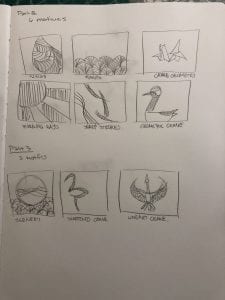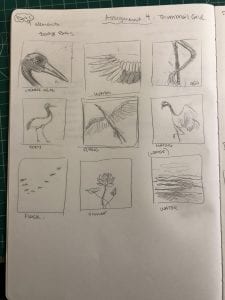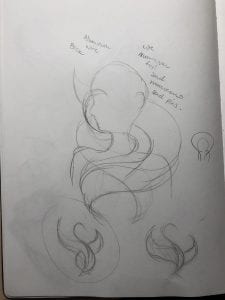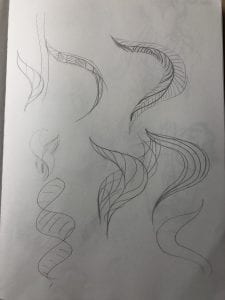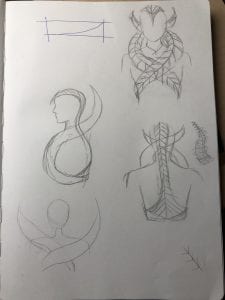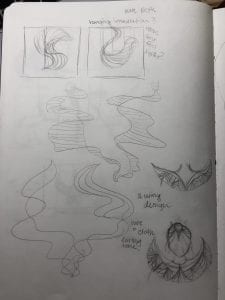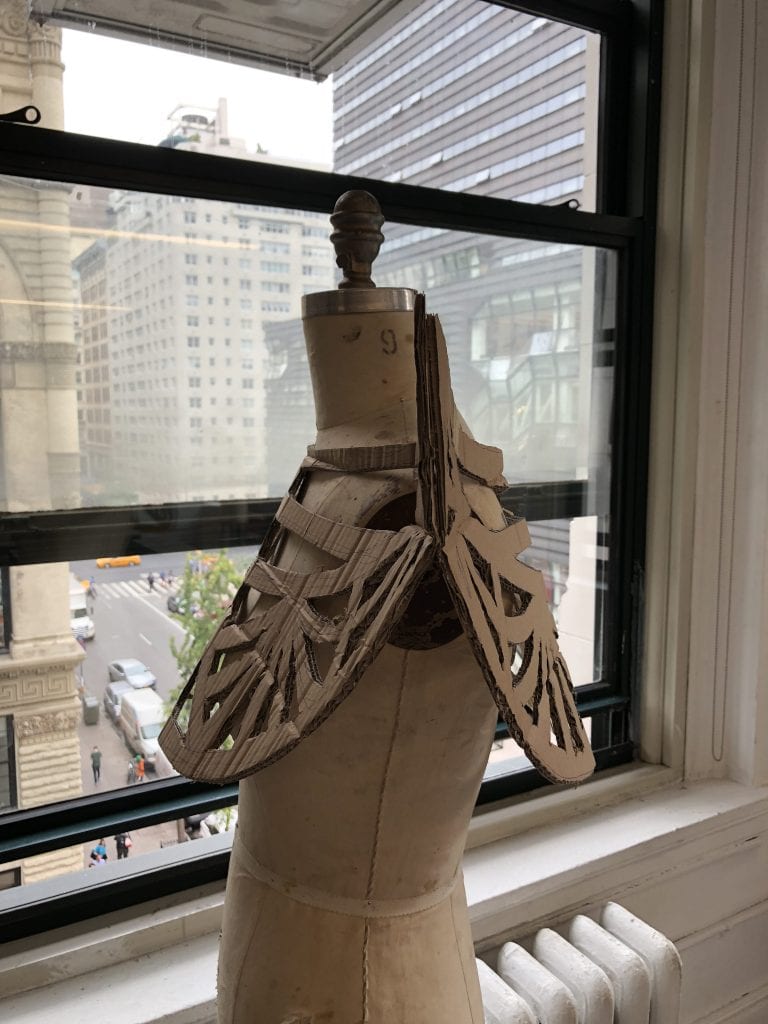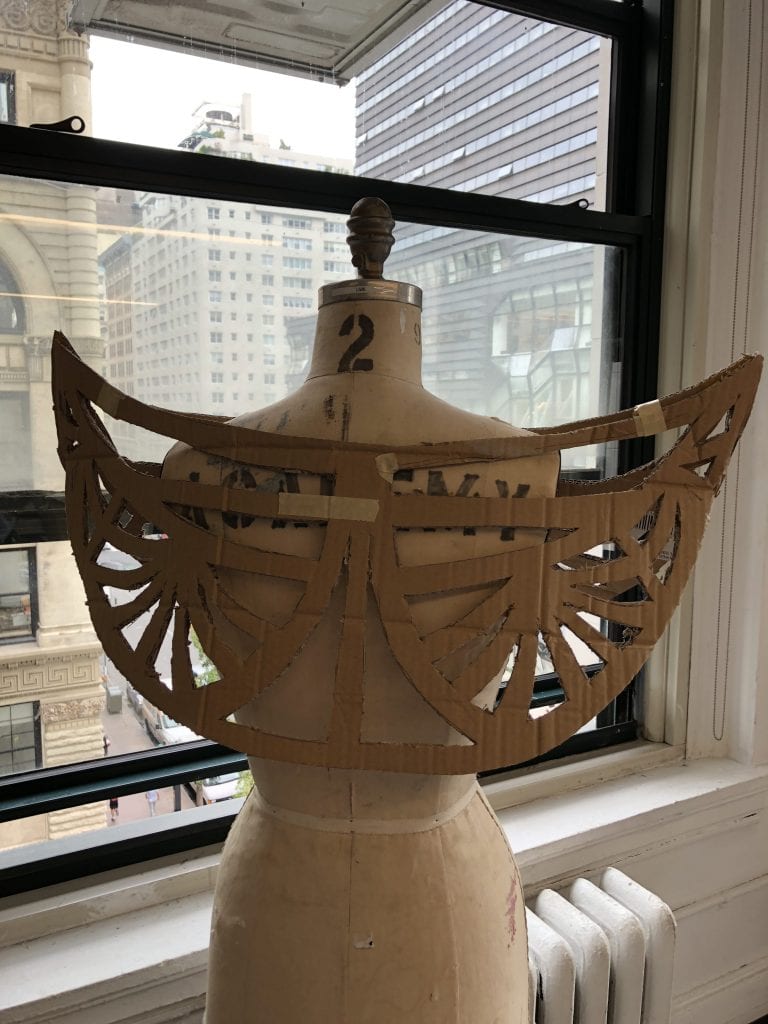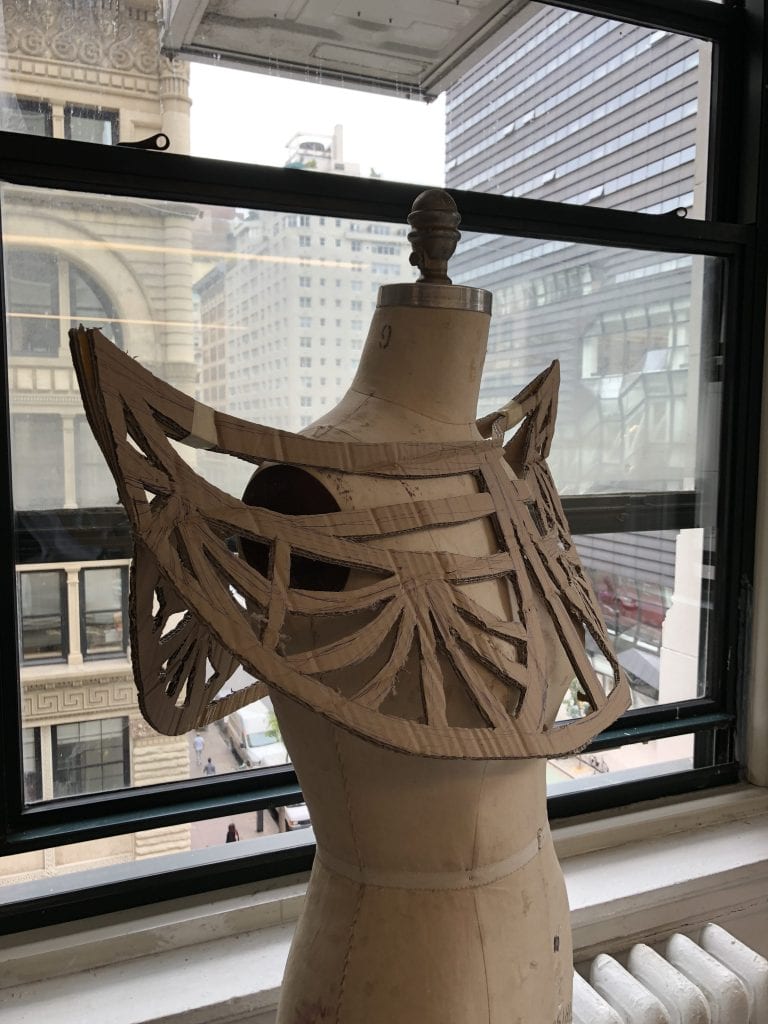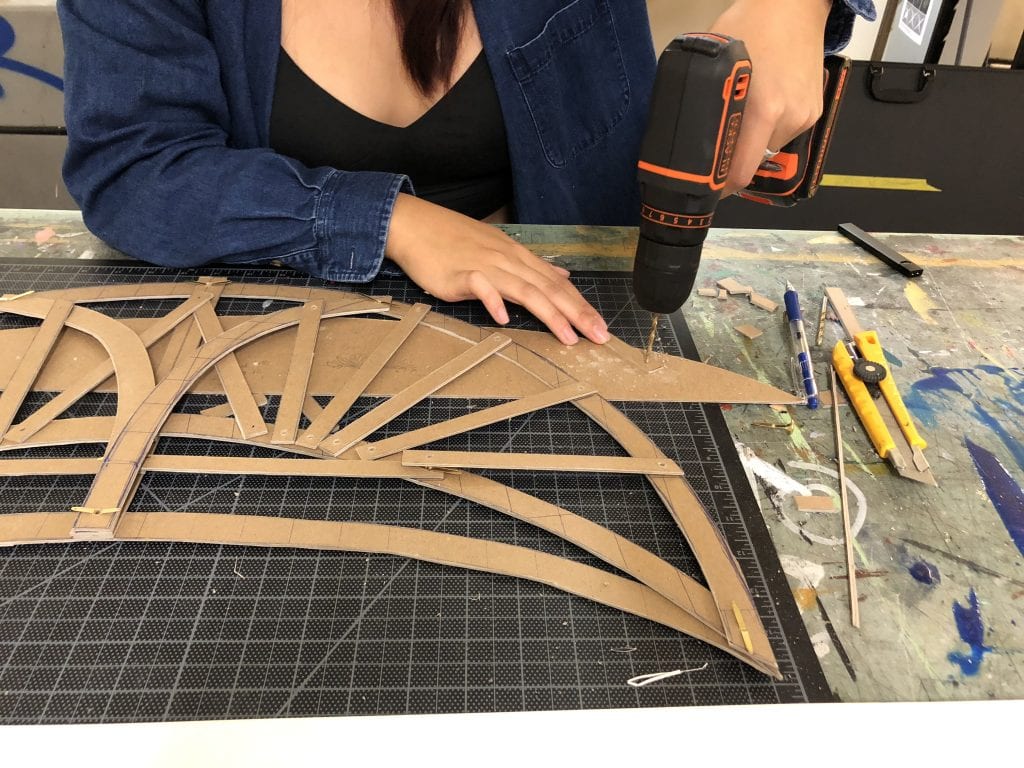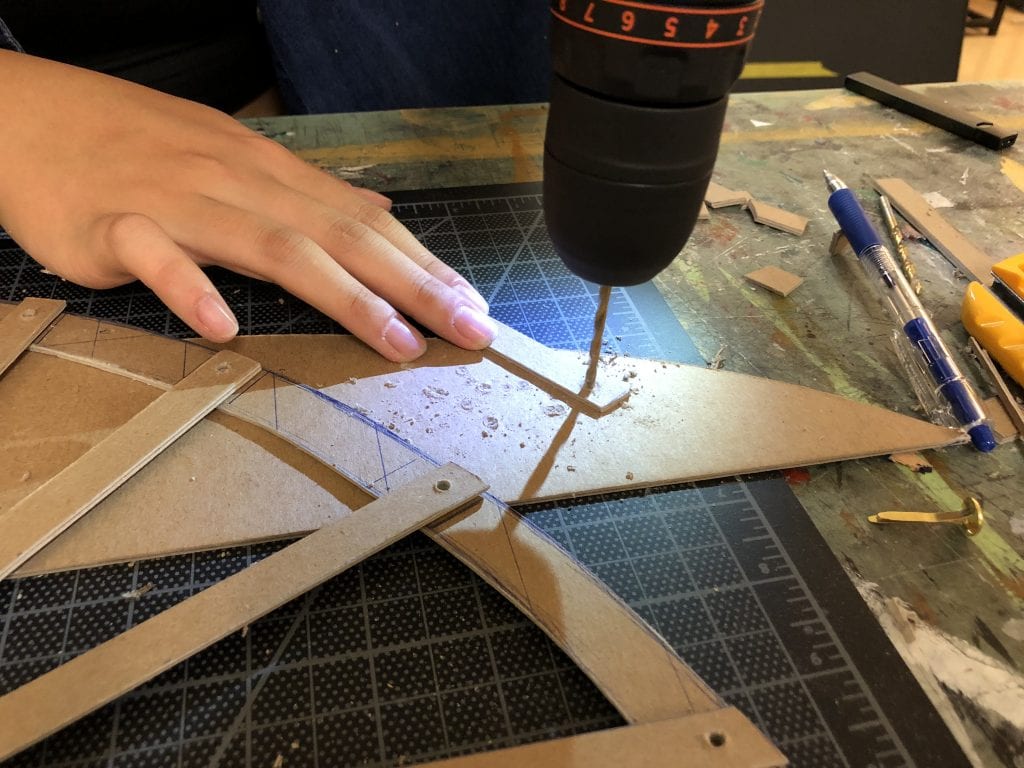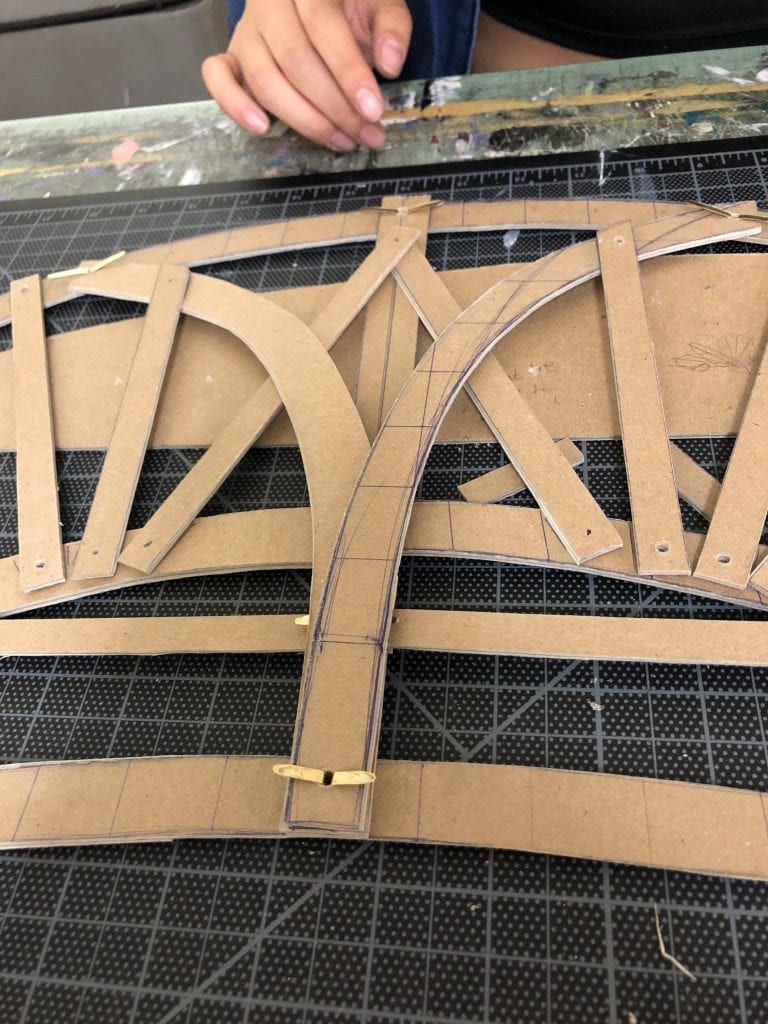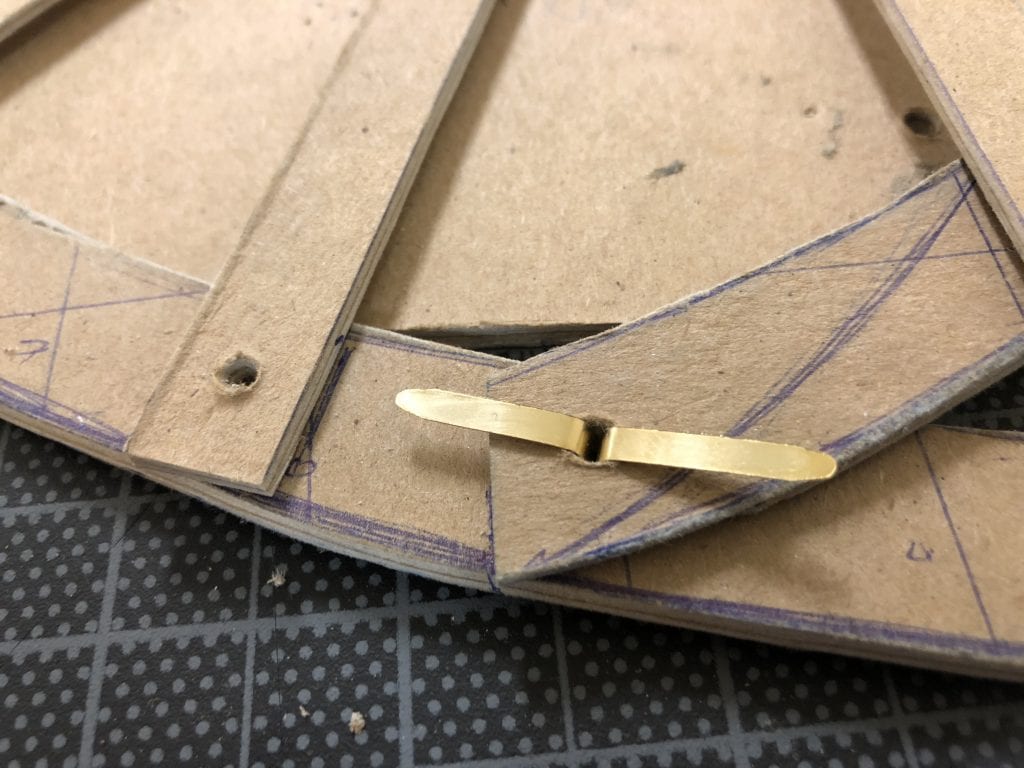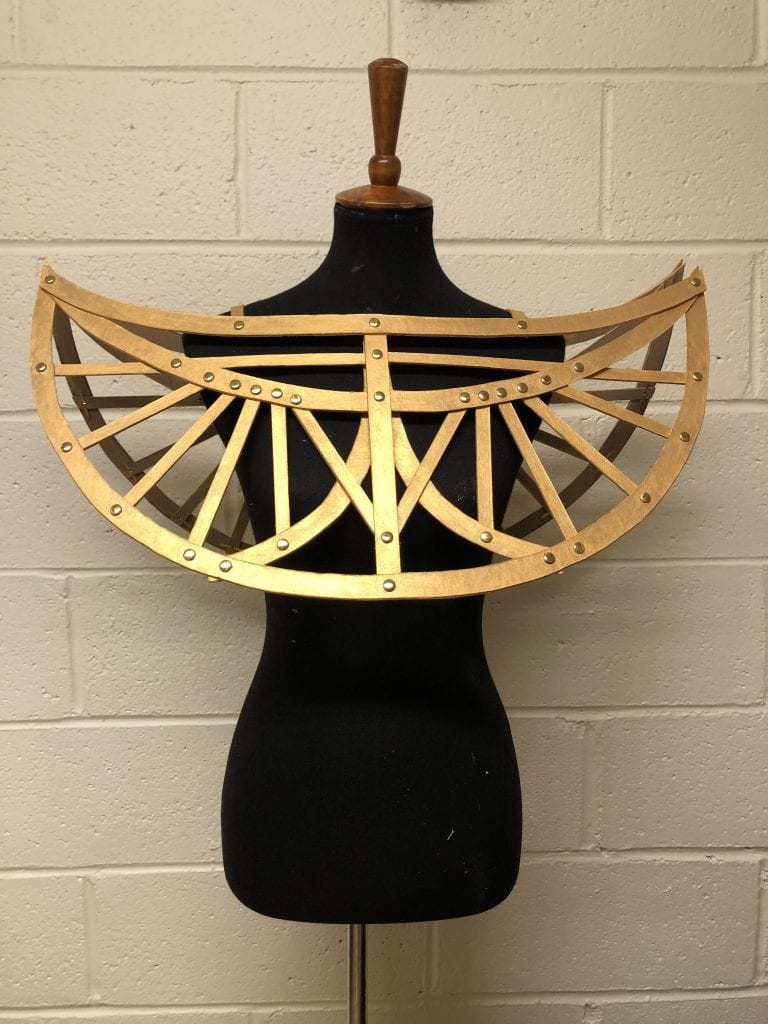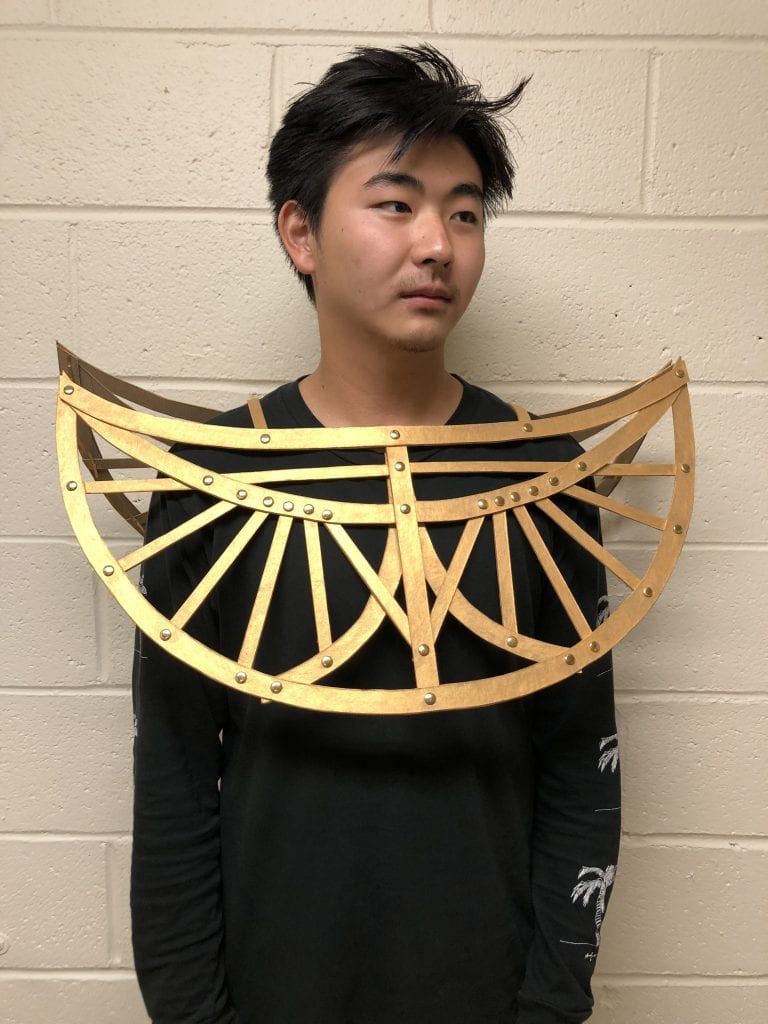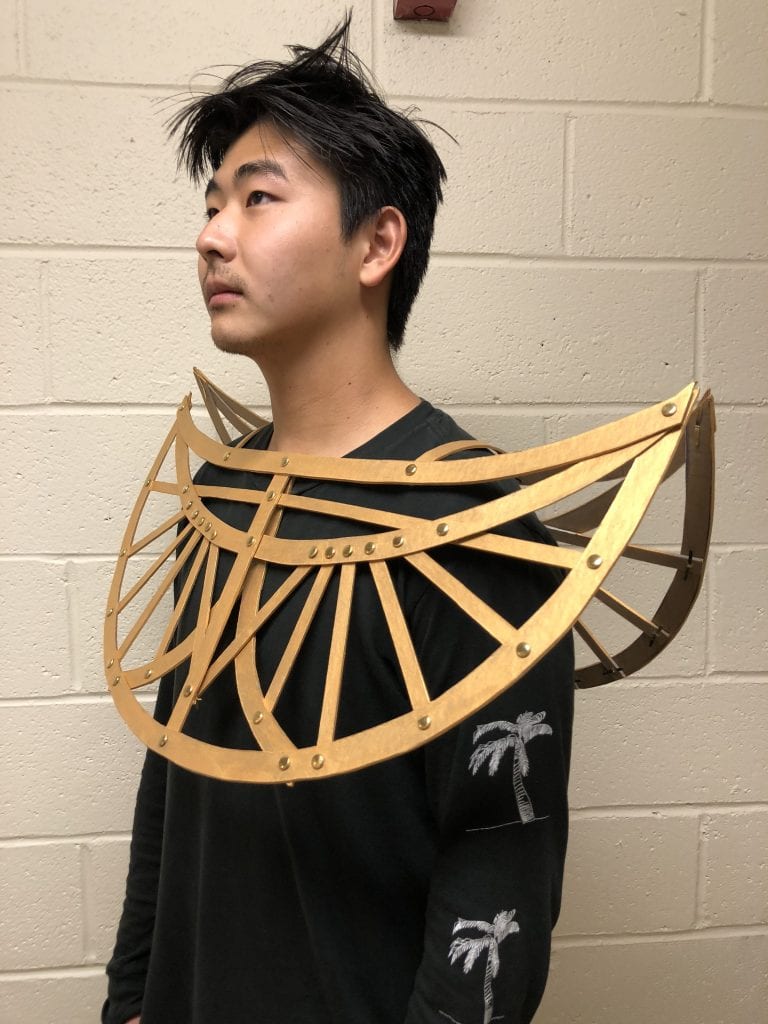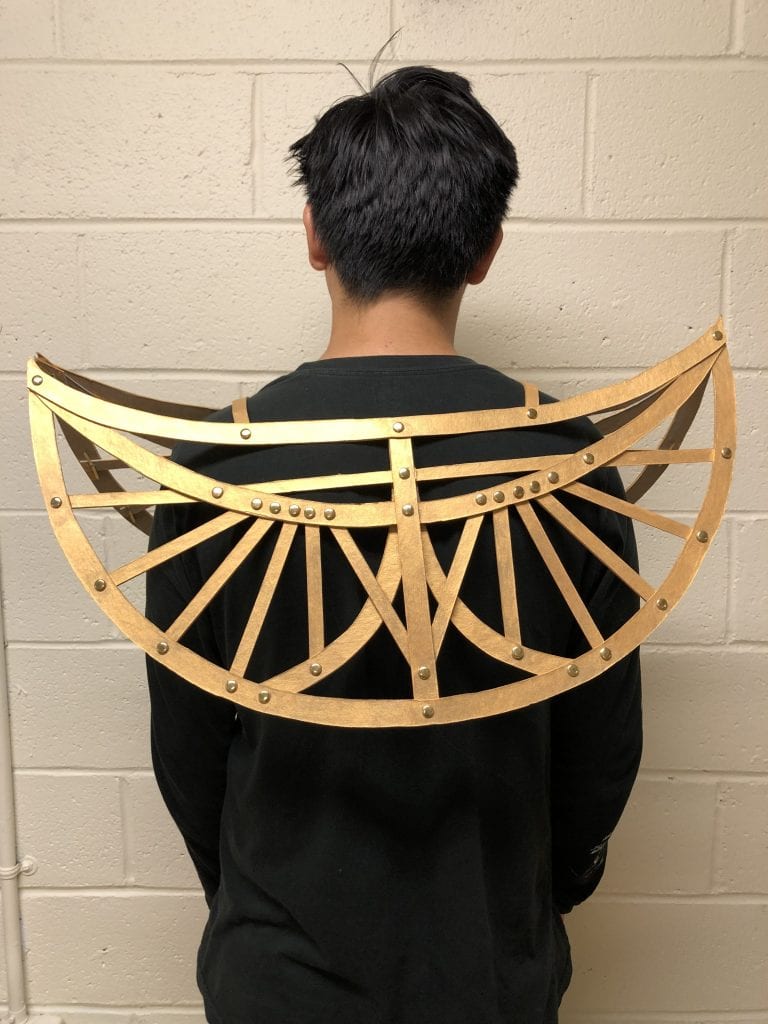Phase 1:
History of Symbols:
The basis of all communication is through symbols. Dating back to prehistoric times and the first humans, we are able to see symbols reflect in cave paintings. Language itself is merely a variety of symbols combined to create words or characters.
Dating back 100,000 years, the first humans first used symbols as a way to express identity. Our ancestors would use jewelry and other adornments to represent social standing as well as membership within certain groups or tribes. Then, around 77,000 years ago humans began to use symbols as a form of recording information. Objects analyzed by historians around this era would become more systematic. These new findings suggest that symbols have transitioned from just decoration to actual information gathering. The first known language–which as of now is either Sumerian or Egyptian–would be developed in 3200 BC.
By 17,000 years ago, human advancement allows us to develop all the “major representational techniques”, from drawing and painting, to sculpture and ceramics.
By the end of the third century, major symbols like the Christian Fish begin to hold greater meaning. Created during the time where many Christians were being persecuted, the symbols were created to help secret Christians find their people. It was said that a believer would draw the upper half of the fish to test if their peer would finish the bottom half.
Egyptian hieroglyphics also have a great impact on history, having largely influenced the English alphabet that we know today. Some historians even believe that hieroglyphics are the root of all alphabets in the world.
Fast forwarding to medieval Europe, the coat of arms represents the first mainstream symbol to depict family lineage. These symbols have later evolved into the different flags from countries we see today.
Today symbols are seen everywhere from apps to logos, to fashion.
…
The symbols I will be using as inspiration for my designs will be the crane, more specifically the crane symbol in Chinese/Asian culture.
In Chinese culture, the crane is celebrated as the prince of all feathered creatures. The embodiment of longevity and peace, it is second only to the phoenix. In ancient China, crane motifs were used on the robes of civil officials to depict their ranks.
There are four types of cranes in Chinese mythology: White, black, blue and yellow. While the colors are important, it is better to look toward their poster and setting to understand meaning. “A crane that is shown with its wings stretched out and one leg raised stands for longevity. When it is shown under a pine tree near a spotted deer, it symbolizes a prolonged life. One that is shown among peony flowers stands for prosperity and longevity while one that is shown with lotus flowers symbolizes purity and longevity.
If a Chinese crane is shown flying towards the sun, it signifies a desire for social advancement. A crane that is shown perched on a rock and looking at the sun stands for an important authority who can see everything. Two cranes walking or flying together is the ultimate symbol of longevity.
Since cranes fly in the clear blue sky above the dusty earth, they are also considered symbols of cleanliness and purity. When a Taoist priest is on his deathbed, people say that he is turning into a feathered crane. Many Chinese still believe that cranes carry their spirit to heaven after they die.”
Mood Board:
Using the motifs and shapes from the mood board, I proceeded to create some mock-up sketch in order to lay out my ideas and figure out what I want my actual symbol to look like.
Phase 2
Concept Sketches:
The final idea turned out to be something like this:
After coming up with an idea I created a 3D model out of cardboard in full size to see if what I imagined would be made.
Phase 3:
After creating the model, I used chipboard, tempera paint, and mail pins to create the finished product.
Below are the process pictures.
Here is the final product
Reflection
Looking back onto this project, I realized that quantity does not equal quality. Sometimes it’s much simpler to create something that is more simple and clean cut than to do something that is more complex with lower quality. The fact that we were not allowed to use glue in this project really allowed me to think outside the box in terms of what materials and connectors I needed to use. I really appreciated how the project took me outside my comfort zone and gave me an opportunity to create something very similar to clothing, something I’ve always wanted to do.
So going into the project more specifically, my original goal was to create more of a full body piece. However, looking back I’ve realized that my piece didn’t really need to be so extragavent to still embody motifs of a crane. The piece itself is supposed to represent the wings of a crane. I imagined it on the runway as an accent piece when creating it. During the process, I encountered a lot of hiccups in terms of what materials I wanted to use. At first, the piece was going to be made entirely out of wire, but after creating the skeleton, I realized that wire was just not clean enough. The silhouette was very shaky, so I had to switch to a different material. I ended up choosing chipboard because it was not only sturdy but easily cuttable. I would have liked to utilize the laser cutter, but I thought of the idea too late.
A couple days later, I came across another problem. After piecing the chipboard together, it was so late at night that none of the spray paint rooms were open, so I had to think fast and switch to using gold tempera paint. It was also really helpful in terms of learning how to deal with problems that arise. All in all, this project was really enjoyable, even though I have lost a lot of sleep completing it.
References:
“Symbols Influence on History.” Ancient-Symbols.com. Accessed September 7, 2018.
https://www.ancient-symbols.com/symbols-influence-on-history.html.
Smithsonian Institution. “What Does It Mean to Be Human?” Smithsonian. Accessed September 7, 2018.
http://humanorigins.si.edu/human-characteristics/language-symbols.
“What Are the Oldest Languages on Earth?” Taleninstituut Nederland. Last modified November 14, 2016.
Accessed September 7, 2018. https://taleninstituut.nl/en/
what-are-the-oldest-languages-on-earth/.
“History of Cranes in Chinese Art.” Nazmiyal Collection. Accessed September 14, 2018 https://nazmiyalantiquerugs.com/blog/cranes-chinese-art-symbol-meaning/.


